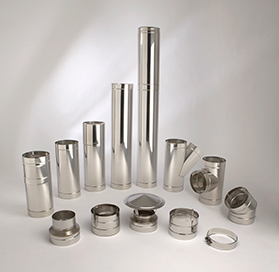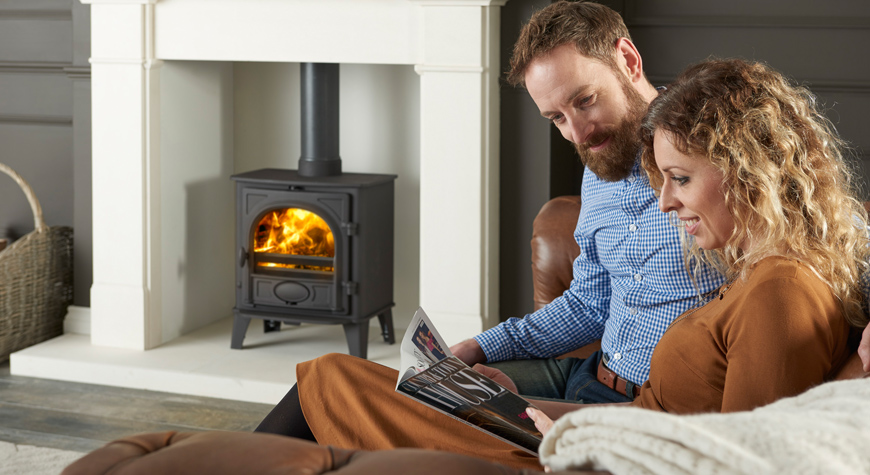If you begin to look at the installation of a wood-burning or multifuel stove you will come across the term “flue liner”. It is a vital element of any stove installation and while frequently mentioned many people are still not fully aware of what a flue liner does. In simple terms it is a clay, ceramic or metal “pipe” inside the chimney which extracts gases created during the combustion process and releases them into the atmosphere. They can seem relatively expensive but as we will cover in this article, they are a vital safety element.
Dangerous chimneys
Over the years there have been various surveys carried out across the UK with regards to the safety of old-fashioned chimneys. Many have seen deterioration in their safety and it got to such a point that unlined chimneys were often described as “little less than criminal”. This prompted a significant change in the building regulations and today things are very different. Safety is paramount, new regulations offer new protections and those looking to install wood-burning and multifuel stoves need to be HETAS qualified or the installation signed off by local authority building control departments.

Protecting the chimney
As we touched on above, the modern day flue liner is a vital element of any stove installation. It not only allows potentially dangerous gases to be released into the atmosphere but also protects the chimney itself. Research in years gone by confirmed the potential dangers of unlined chimneys with adjacent woodwork catching fire in only a matter of hours. It is sometimes easy to forget but many of the gases created during the combustion process are toxic and acidic in nature and thereby not only dangerous to breathe in but they can “eat away” at brickwork.
As you would likely have guessed, if the gases are able to eat away at the brickwork then eventually they will seep into the room with potentially fatal consequences. While building regulations today mean that all stove installations are fitted with a carbon monoxide detector, a well fitted and maintained flue liner should mean this detector is never required.
Optimum efficiency
When looking at different wood-burning and multifuel stoves you will see that some models have different diameter flue connectors. The size of the flue connector and the flue liner will be calculated in order to maintain maximum efficiency for the stove. An incorrectly sized flue liner can lead to the buildup of black tar which can eat away at the flue liner and reduce its efficiency. There is also, in some circumstances, the potential for the tar-like material to ignite causing a potentially dangerous fire.

Even though the modern day stove may have primary, secondary and tertiary combustion systems there will be some excess gases which are not burnt off. Therefore it is imperative that no corners are cut with the flue liner, quality materials are used and installed by qualified personnel. A professionally fitted flue liner will last many years and will enhance the efficiency of your stove. Remember, you can’t put a cost on life and cutting corners in this area could be fatal!

